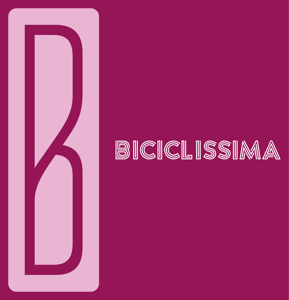1970 - Tour de France / Vittel water bottle
Description:
Vittel becomes the official supplier of water bottles for the riders of the Tour de France 1970. The name appears simply in blue color vertically on a white background.
Evian mineral water stops its collaboration with the Tour de France after 10 years as the official supplier of water bottles from 1959 to 1969.
The water bottles or the gourds (a word used in Belgium) are made of plastic since 1954, hermetically closed by a stopper of the same material, always of the same capacity (half a liter) positioned in bottle cages on the down tube of the frame.
Since 1968, whatever the weather conditions, riders continue to take on drinks at official feeding stations but may also be continuously supplied from kilometre 50. Restrictions still exist, most notably on final climbs and in the last 20 kilometres of a stage but this is more to prevent vehicles from impeding the race or providing a tow for riders taking advantage of their slipstream.
Size: Approximately 17,5cm x 7cm
Made in France by T.A.
PLEASE NOTE to review the photos carefully to determine the condition.
They can be found at all levels of the race: in the "musettes" at the "official feeding stations", in the team managers' cars that provide water for the lonely riders, and the leaders' teammates, the so-called water carriers, who are responsible for bringing the precious beverage to their thirsty champions. On average, a runner can drink up to 6 liters of water during a stage. The water bottle is therefore an indispensable ally of the cyclist, who pays great attention to it.
Additional information:
In the 1950s, deprived of direct assistance from team cars and limited to water refreshments at official controls, thirsty racers fetched water whenever they could, especially during unofficial raids in cafés.
These were impromptu descents on cafés and restaurants by the domestiques who would throw their bikes down at the side of the road, burst into the establishment and strip it bare of any bottles they could lay their hands on. With pockets full and any additional bottles stuffed up their jerseys the riders would hightail it back to the peloton to distribute their plunder among their team mates. For the café and restaurant owners it was good fun, a chance to rub shoulders with the riders and be part of the history of the race, and it gave them a story with which to regale customers for weeks to come. In most cases the race organizers would settle the bill afterwards.
is a scene that we are unlikely to see repeated in modern professional cycling. Team cars start the day stocked with water, soft drinks, and the latest in sports performance drinks to ensure that the riders remain hydrated and fuelled. And, should they find themselves separated from the team car, there are always the motorbikes that shadow the peloton, ever ready to distribute their sponsors.





